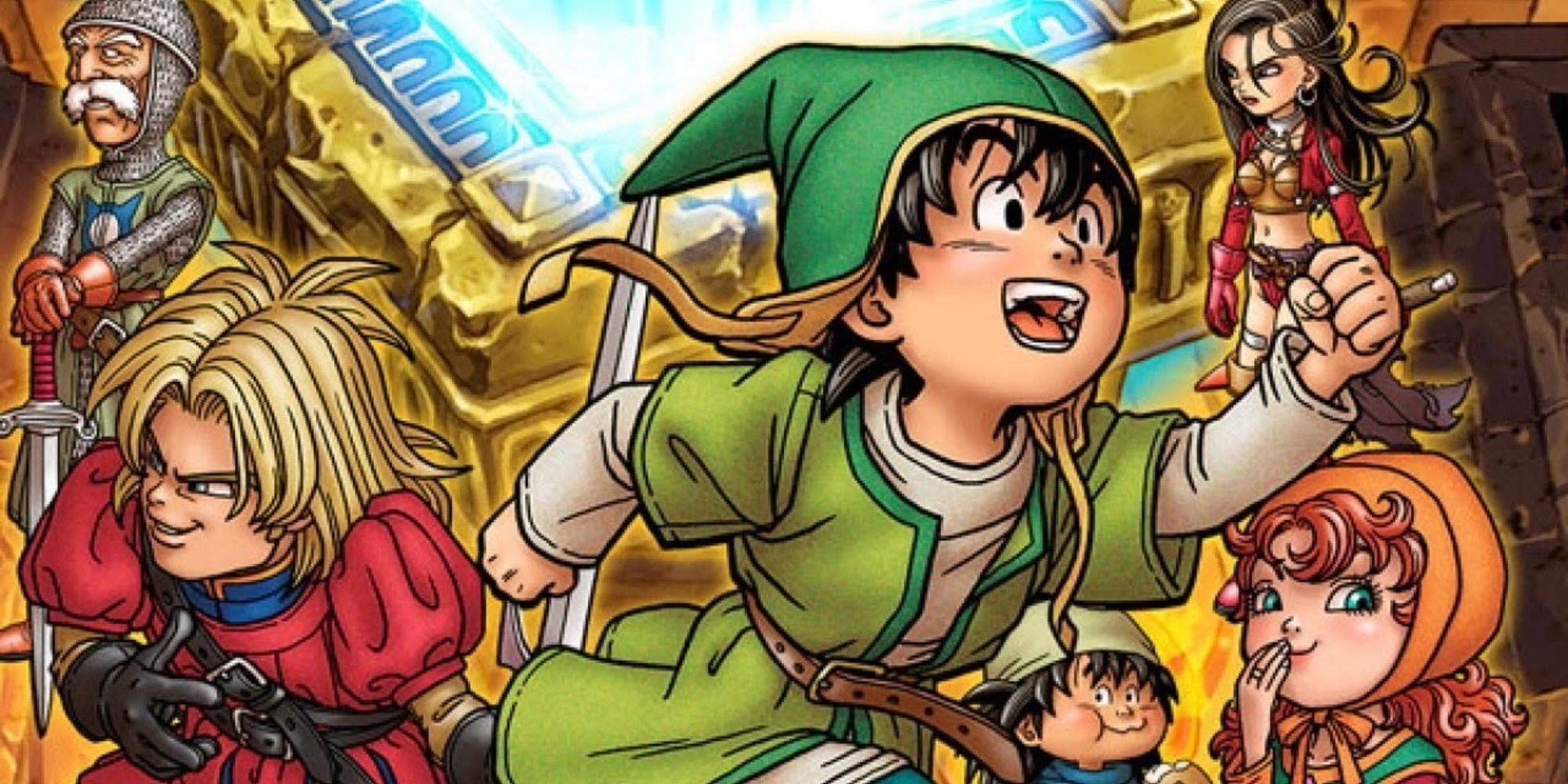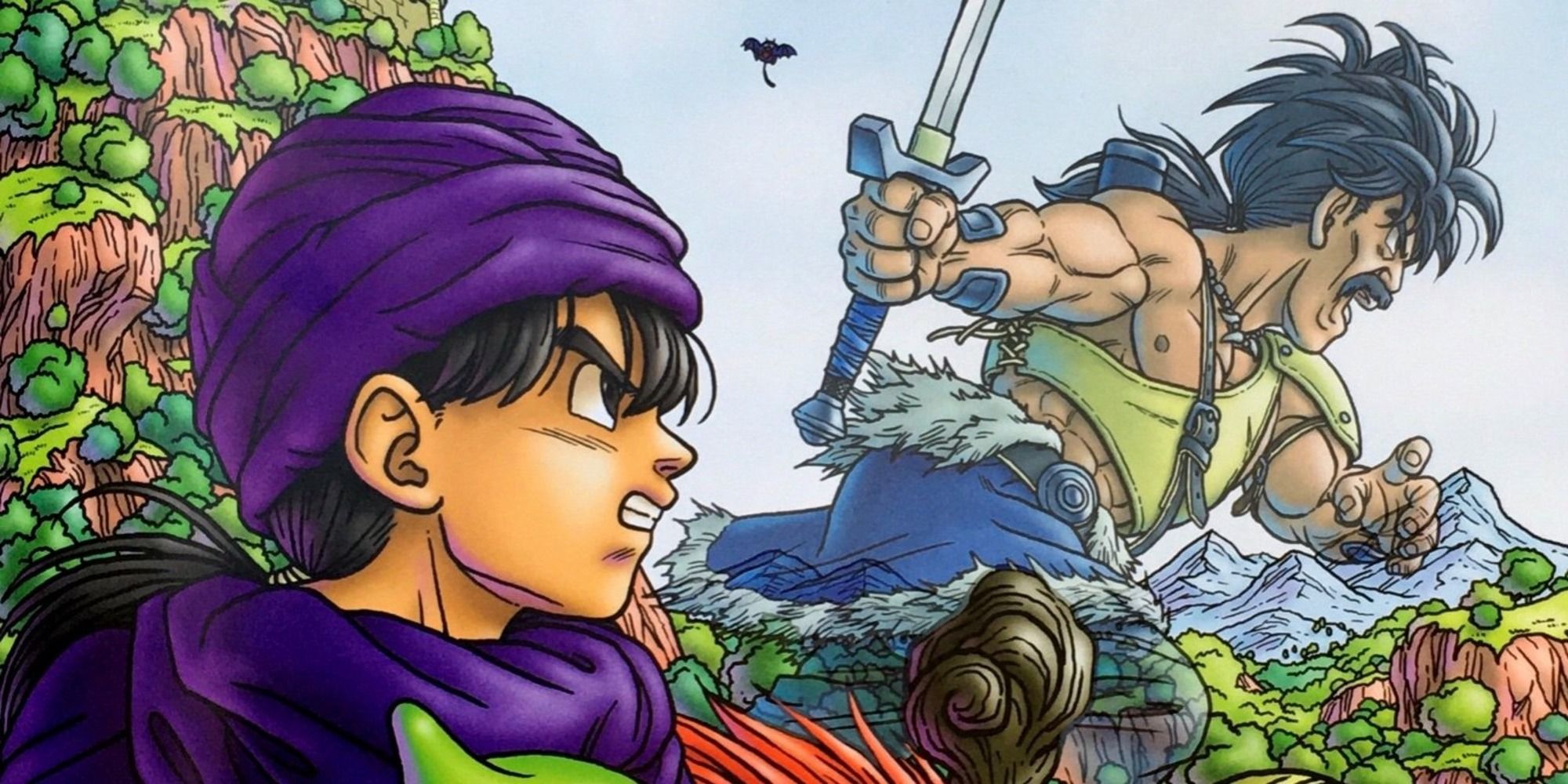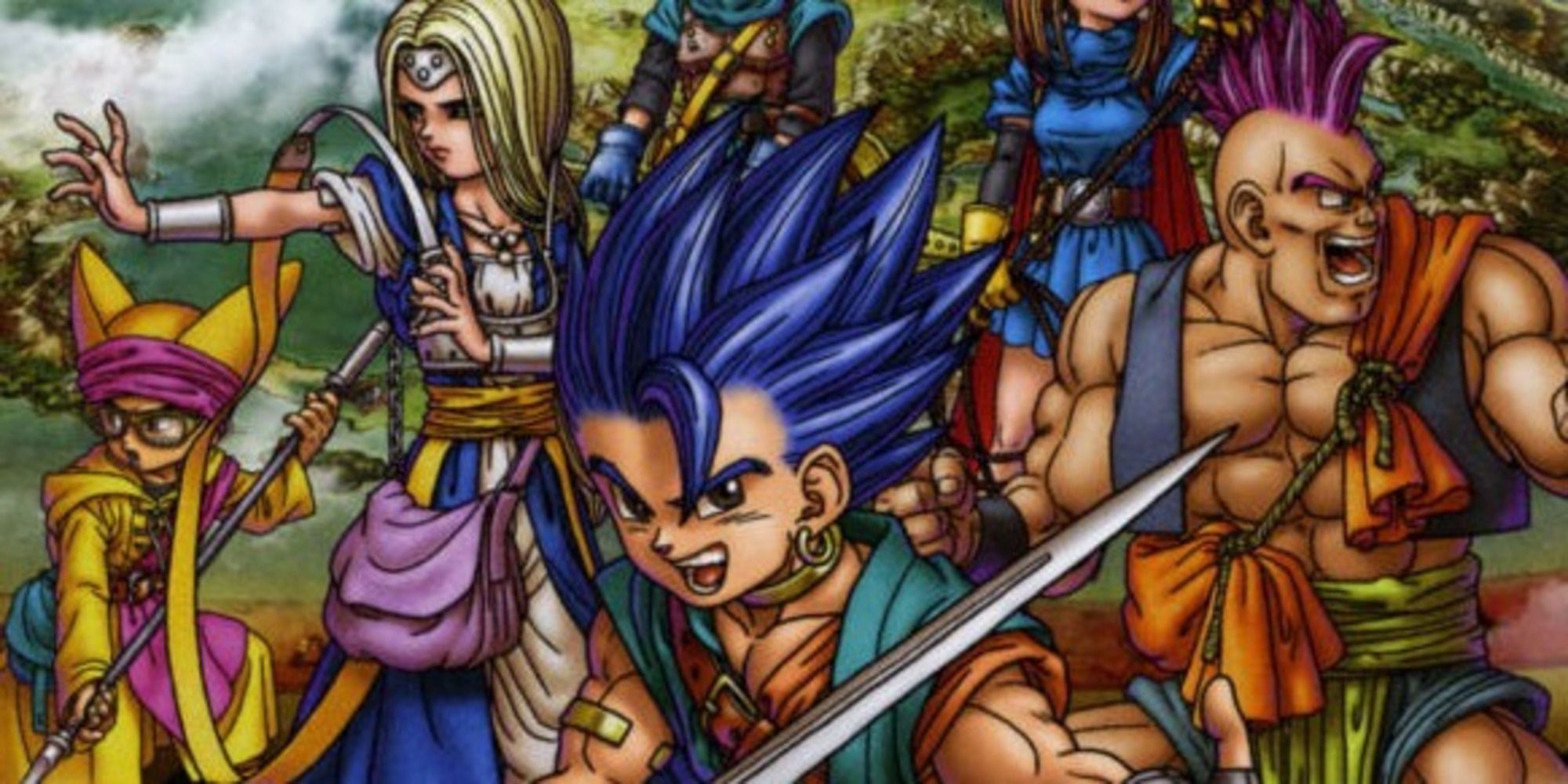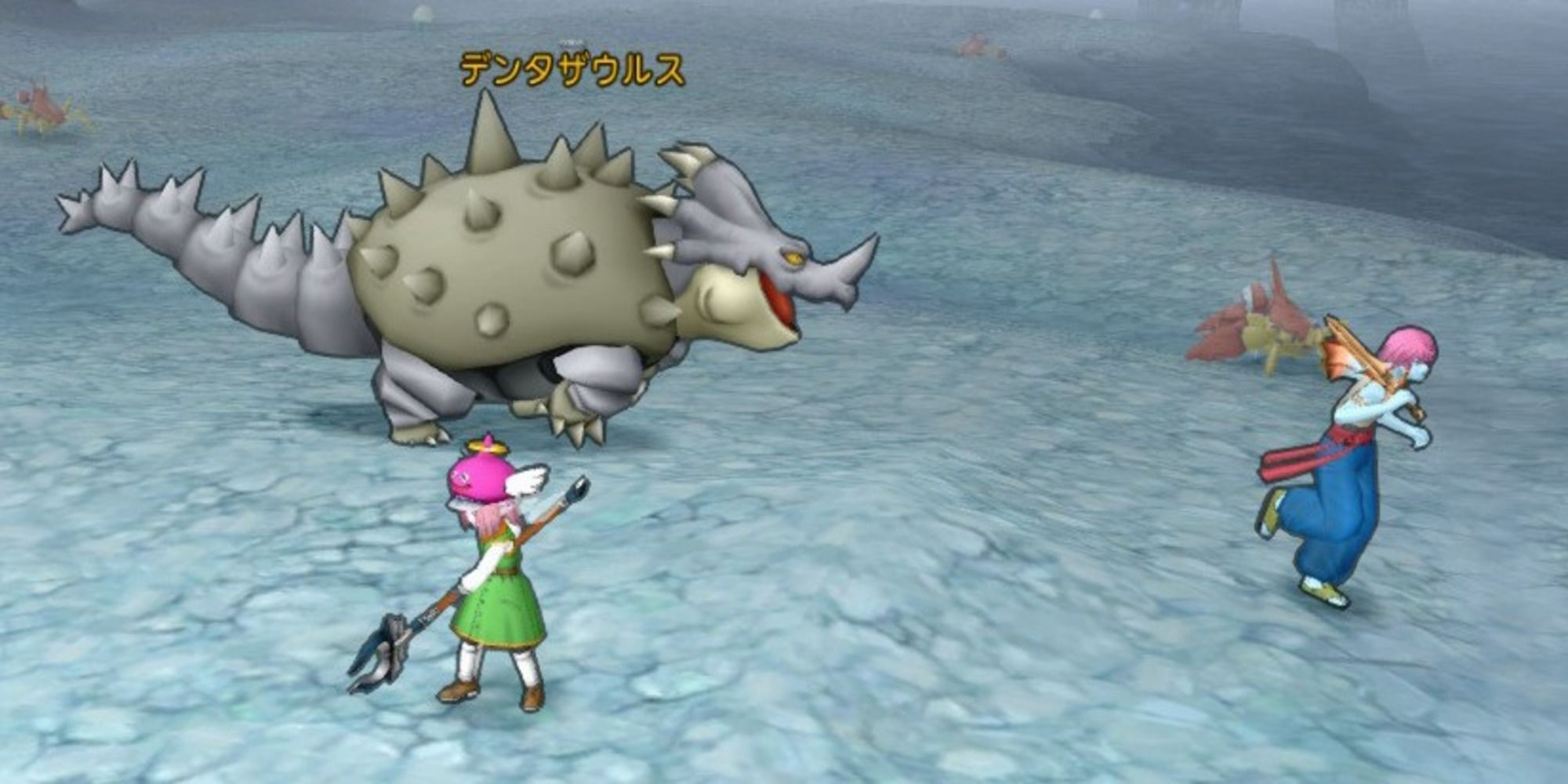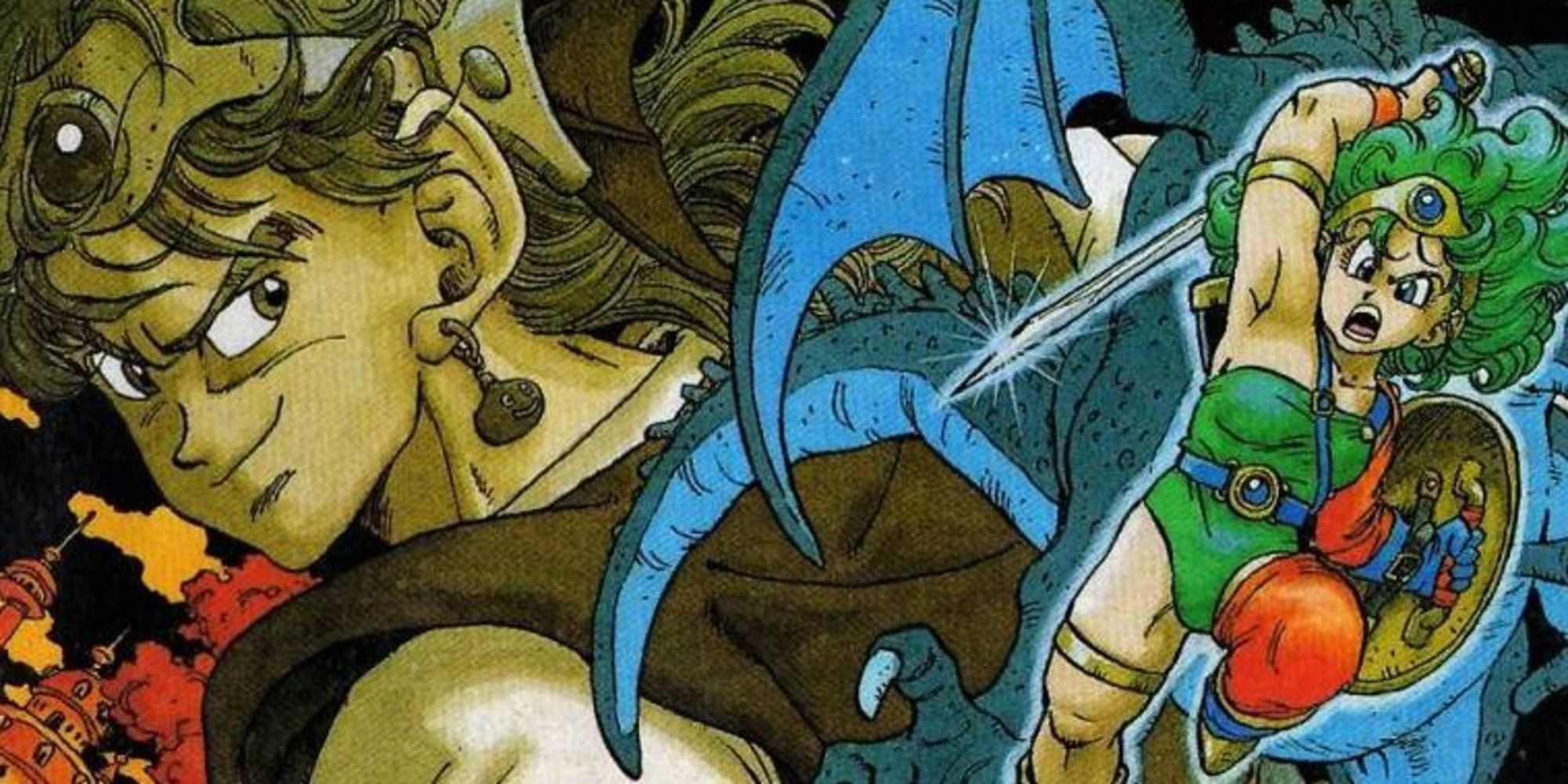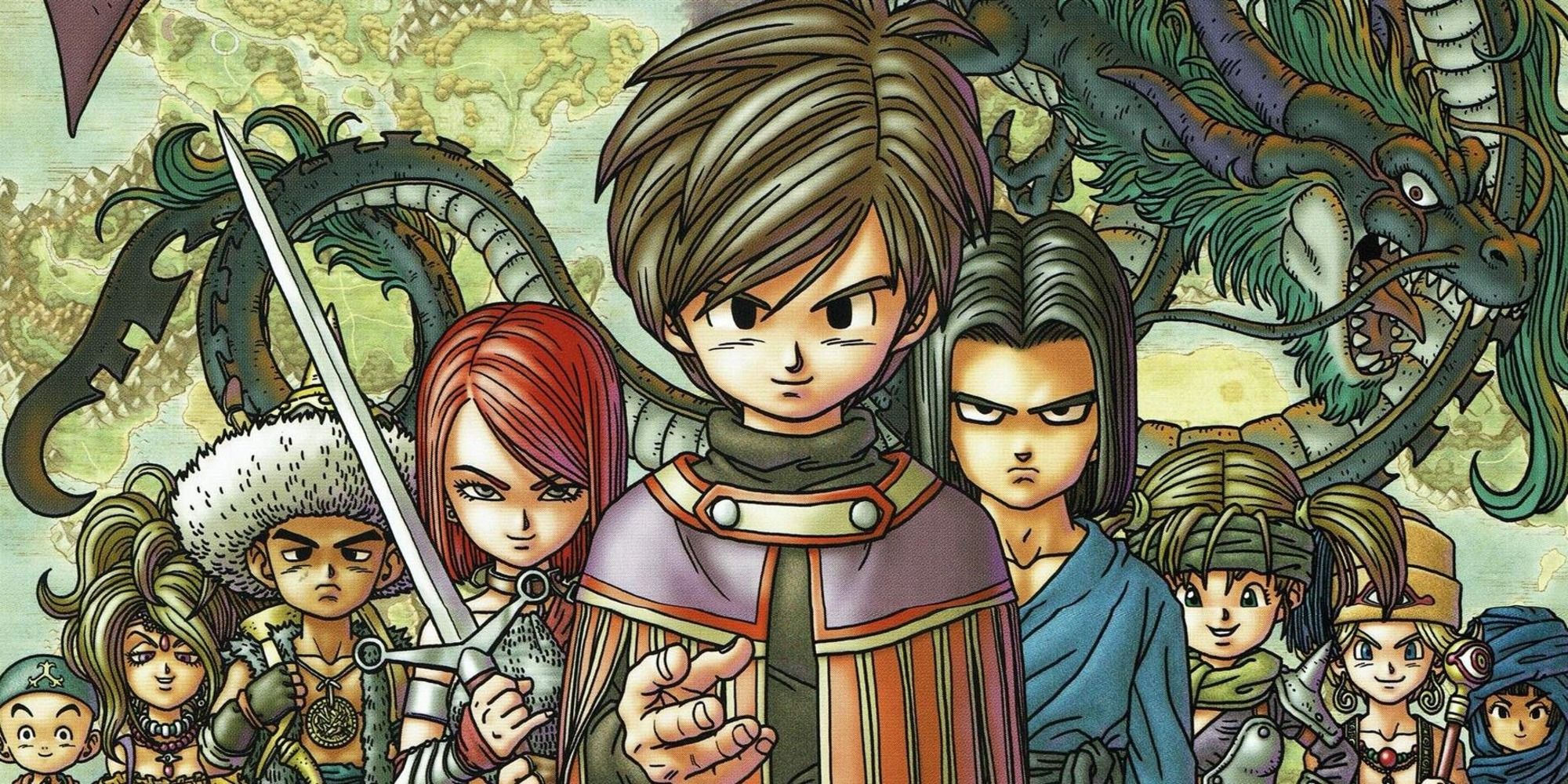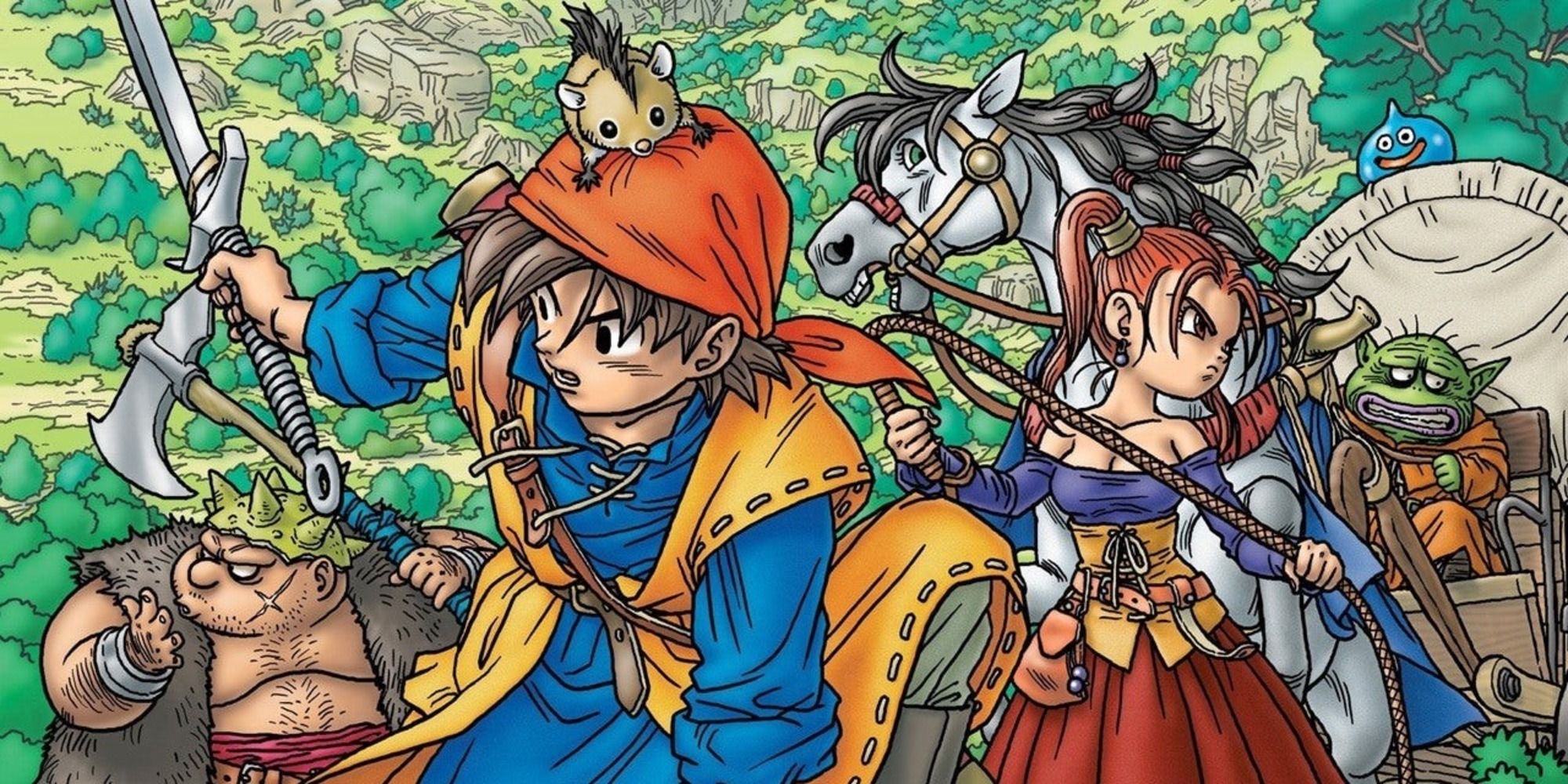Dragon Quest: Every Mainline Game, Ranked
The Dragon Quest series is the oldest and longest-running Japanese Role Playing Game franchise. There have been numerous spin-offs that branch into other genres, such as Builders, Heroes, and Torneko’s Mystery Dungeon, but the main turn-based series continues to be the most popular.
Many entries have been very revolutionary, but not every release had the same quality as others. Some took giant leaps to push the series to new heights, while others left very little impact.
11/11 Dragon Quest 2: Luminaries Of The Legendary Line
The second installment increased the party count from a single unit to a team of three, each with its own unique class. Other great additions include boat exploration and reusable keys. Although it was a step in the right direction in some aspects, it suffered from being rushed.
The game was released only 6 months after development began. The large difficulty spikes and lack of helpful indicators for where to go make it one of the hardest and least enjoyed Dragon Quest games.
10/11 The Original Dragon Quest
Dragon Quest 1 is the oldest turn-based JRPG. As expected from a game that was released in 1986, its gameplay hasn’t aged the best. It contains only a single party member, has limited inventory space, few magic spells, one save location and many required items hidden in very obscure locations.
While it may be a historically important game, the combination of outdated gameplay and a bare minimum story does not hold up well. The reason it ranks above 2 is due to having a more balanced difficulty.
9/11 Dragon Quest 7: Fragments Of The Forgotten Past
With a massive 100-hour-long story and 30 classes to choose from, this RPG is loaded with content. Its time travel-oriented storyline is intriguing, but it has a lot of backtracking and is very slow-paced, as it can take over 5 hours to reach the first enemy encounter.
The main party is surprisingly small relative to the game’s size. For the majority of the story, you will only have 3 permanent characters in your party, with an occasional temporary character. By the end, there are merely 5 characters to use. This would be okay if the quality of character writing was better, but most are quite basic.
8/11 Dragon Quest 5: Hand Of The Heavenly Bride
The fifth entry focuses on a protagonist aging from a young child at the start to a grown man with kids of his own by the end. Constantly seeing the protagonist grow over the course of a game makes the pacing feel much better than 7’s.
5 is also one of the oldest monster-taming RPGs, but this comes with a flaw. Once you get past the childhood segment of the story, there are rarely any human traveling companions. This results in the cast being a lot weaker than most other entries in the series.
7/11 Dragon Quest 6: Realms of Revelation/Reverie
Despite being somewhat rushed, 6 feels complete by having two separate worlds to explore and almost 20 classes. The dream world is full of uniquely charming experiences, such as sailing a movable island around a massive lake.
Monster taming made a return, but unlike in 5, you have constant access to personality-filled party members. The biggest downsides for this installment are being easy to get lost in and a lackluster final boss.
6/11 Dragon Quest 3: The Seeds Of Salvation
Dragon Quest 3 is the reason why RPGs quickly became popular in Japan. The ability to create your own party members, switch classes, a day and night cycle, and many other features that seem standard now were revolutionary when it launched in early 1988.
It is unquestionably the most inspirational Dragon Quest game, as it leads to the creation of hundreds of other games and manga, including bestsellers like Pokémon and One Piece. Even after considering all that, 3 has a hard time competing with many newer entries with better stories, characters, customization options, and quality-of-life improvements.
5/11 Dragon Quest 10: Rise Of The Five Tribes
10 is the only mainline entry that never got officially localized for fans outside of Japan. This MMO does, however, have a partially complete fan translation, and the online servers can be accessed worldwide. Additionally, the original launch version of the game, as well as the first story expansion, are entirely free to play. With classes, races, and many ability trees, 10’s customization options rise vastly above 3’s.
Having immense freedom, paired with being able to progress the multiple storylines in any order with friends, contributes to a very fun experience. Besides the language barrier, the biggest flaw this game has is that it has a world that feels overly large. It can take a very lengthy amount of time to travel to new locations in the early game since you can only set a total of 2 fast travel destinations.
4/11 Dragon Quest 11: Echoes Of An Elusive Age
11 is a celebration game for the series. It’s filled to the brim with references to previous games, and the definitive edition gives you the option to play through the entire game in a classic 2D pixel art style. Monsters in the overworld, easy fast travel, quick saves, and many quality-of-life features make it one of the easiest and most accessible games for newcomers.
Additionally, the party members are some of the best in the series. They each have unique storylines, ambitions, and a sense of humor. A few flaws the game suffers from are slow early-game storylines, the main villain’s motivation being very basic, and the post-game story having many plot holes. Still, it is a game filled with strong emotional moments, excellent world buildings, and high-quality optional content. It is a worthy final send-off of classic combat style and a love letter for long-time fans.
3/11 Dragon Quest 4: Chapters Of The Chosen
4 is one of the oldest RPGs to prioritize character writing. The original release has 5 chapters, each with a different protagonist and goal. From being a treasure-selling merchant who works behind desks to experiencing the revenge-seeking tail of a fortune-teller whose father was murdered, this game is filled with story variety and charm on a level that you will not find in any other NES RPG.
The DS remake adds a 6th chapter and an additional party member. Unlike the main antagonists of every previously mentioned entry on this list, Psaro has a very strong motivation to be evil. What holds this game back is a lack of customization, overworld monsters, and many quality-of-life features newer entries have.
2/11 Dragon Quest 9: Sentinels Of The Starry Skies
This entry has customizable characters, class-changing, multiplayer, a compelling final villain, and hundreds of hours of optional content. On top of that, it was the first to have monsters in the overworld and inspired the 3DS’s Street Pass feature. 9 became the best-selling third-party DS game for good reason.
It proves that long-running series can not only adapt to new standards but also create their own sky-high legacies. 9 has a lot of pros that most other entries in the series have, but also some shared flaws. The biggest is its lack of party members with personalities, but many entertaining story-relevant NPCs fill this gap.
1/11 Dragon Quest 8: Journey Of The Cursed King
The jump from 7 on PS1 to 8 on PS2 was the largest leap in quality the series has seen. Fully 3D models, expressive animations, great voice acting, wonderful pacing, a much higher quality party, entertaining reoccurring villains, and revamped combat, contributed to making 8 the most endearing Dragon Quest title.
Early Dragon Quest gameplay was very straightforward, but 8’s addition of skill trees, the ability category in the battle menu, a tension mechanic, and monster team summons added a lot more variety to battles. At the cost of graphics, the 3DS remake improves the game further by replacing random encounters, adding more party members, and expanding the optional content. There are certainly some aspects other Dragon Quests do better, but this entry has the widest array of quality and has the least amount of drawbacks.



